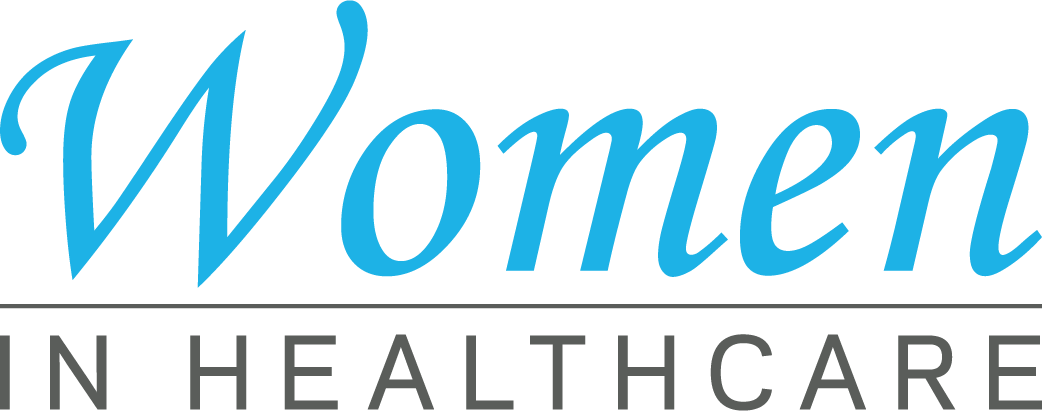Ideal Healthcare RCM Practices to Improve Operational Effectiveness and Collections
Ideal Healthcare RCM Practices to Improve Operational Effectiveness and Collections
Blog Article
A Comprehensive Overview on Just How Healthcare RCM Functions to Simplify Invoicing and Collections
Navigating the complexities of medical care revenue cycle administration (RCM) is essential for providers aiming to improve their payment and collections processes. The guide unboxes the intricacies of RCM, from client enrollment to accounts receivable monitoring, providing insights into enhancing each step.
Comprehending Earnings Cycle Administration
Comprehending the details of Revenue Cycle Monitoring (RCM) is important for medical care companies aiming to maximize their financial efficiency. RCM is a vital management function that includes the whole economic procedure of person care, from the initial appointment readying to the last payment of the equilibrium. It is a complex procedure made to determine, gather, and take care of the profits from the solutions given to individuals. Reliable RCM makes sure that doctor receive precise and prompt settlements, decreasing the threat of earnings loss and boosting capital.
The RCM process begins when a patient timetables a visit and extends through the person's treatment trip, consisting of invoicing and collections. An essential purpose is to lower the time between providing a service and receiving settlement, therefore improving the company's monetary health and wellness. RCM involves numerous functions such as client enrollment, insurance policy verification, cost capture, coding, declares entry, repayment posting, and taking care of denials and charms.
Key Parts of RCM
In the world of Earnings Cycle Administration (RCM), recognizing its essential parts is fundamental to accomplishing economic efficiency within healthcare companies. RCM is a comprehensive process that encompasses numerous stages, each essential to guaranteeing reliable billing and collections. The main elements consist of patient registration, insurance coverage confirmation, cost capture, coding, claim submission, repayment publishing, and receivable monitoring.


Once coded, insurance claims are sent to payers, where precision is paramount to avoid denials or delays - Healthcare RCM. Settlement posting involves videotaping the received repayments, which enables the reconciliation of accounts. Finally, accounts receivable administration focuses on tracking and resolving unpaid insurance claims, guaranteeing prompt follow-up and resolution
Each part of RCM is adjoined, and inadequacies in any kind of part can interrupt the whole cycle. Consequently, understanding these elements is vital for health care carriers to enhance profits and improve their financial health.
Methods for Reliable Invoicing

Systematizing billing procedures throughout the company is one more essential method. Establishing clear guidelines for documents, coding, and entry aids preserve consistency and conformity with regulatory requirements. Educating personnel consistently on these treatments makes certain every person is updated with the most up to date changes in billing codes and payer plans.
Precise cost capture is necessary in preventing revenue leak. Implementing routine audits and monitoring systems permits the identification and adjustment of inconsistencies prior to they affect income. In addition, maintaining open lines of communication with payers assists to rapidly solve any type of disagreements or misconceptions that may develop.

Last but not least, interesting individuals early in the invoicing procedure by supplying clear estimates and academic products regarding their economic duties can substantially minimize confusion and improve settlement timeliness. These methods jointly add to a much more effective and monetarily healthy and balanced billing system.
Enhancing Collections Procedures
A robust collections procedure is essential for maintaining economic stability within healthcare organizations. Offered the complexities of medical invoicing and the selection of payer demands, improving the collections procedure includes carrying out critical measures that make sure timely and precise repayment of services provided. Central to this is making use of modern technology to automate and streamline procedures, boosting and minimizing manual mistakes performance. Automation devices can aid in tracking insurance claim standings, sending prompt reminders to patients, and managing rejections much more properly.
Clear and transparent individual communications are crucial. Giving in-depth explanations of charges and supplying versatile payment plans can raise individual complete satisfaction and punctual settlements.
Routine audits of the collections process should be carried out to determine areas for renovation and make sure conformity with guidelines. By analyzing information, health care companies can identify trends, prepare for prospective concerns, and adapt techniques appropriately (Healthcare RCM). Eventually, a well-enhanced collections process not just sustains monetary wellness but additionally adds to a much more smooth experience for clients and team alike
Optimizing Earnings Streams
Building upon the foundation of a solid collections process, health care companies can even more strengthen their monetary stability by purposefully enhancing profits streams. This entails a multi-faceted technique, starting with an extensive analysis of existing profits resources to identify ineffectiveness and locations for development. Employing innovative information analytics tools enables organizations to obtain insights into payer mix, client demographics, and service usage patterns, permitting for data-driven choices that boost revenue capture.
Applying automated billing systems can considerably minimize mistakes and speed up insurance claims refining, making certain that revenue is gathered more efficiently. Additionally, enhancing payer contracts via regular negotiations can improve reimbursement rates and terms, directly affecting the bottom line. Diversifying service offerings, such as integrating telehealth or health care, can additionally bring in have a peek at these guys a more comprehensive useful site patient base, thus enhancing revenue potential.
One more essential part is boosting individual engagement and contentment, as completely satisfied individuals are much more likely to stick to therapy plans and make timely settlements. Supplying versatile payment options and clear payment methods can improve collections and foster client loyalty. Healthcare RCM. By adopting these approaches, health care companies can develop a much more resilient economic structure, guaranteeing sustained development and stability in an ever-changing sector landscape
Final Thought
In final thought, healthcare Earnings Cycle Administration (RCM) plays an important duty in maximizing invoicing and collections procedures by integrating key parts such as person enrollment, insurance confirmation, charge capture, coding, declares entry, and receivable administration. By employing innovative technology, standardizing procedures, and cultivating client involvement, doctor can substantially lower insurance claim rejections, speed up repayment cycles, and enhance capital. This extensive strategy to RCM inevitably causes enhanced monetary performance and sustainability for healthcare organizations.
The RCM procedure starts when a client routines a consultation and extends with the patient's care journey, consisting of billing and collections.An additional crucial element is improving person involvement and fulfillment, as completely satisfied people are more most likely to stick to therapy strategies and make prompt settlements. Using adaptable payment options and transparent invoicing techniques can boost collections and foster patient loyalty.In conclusion, health care Income Cycle Administration (RCM) plays a vital duty in my company optimizing billing and collections processes by integrating crucial parts such as person enrollment, insurance policy confirmation, charge capture, coding, claims submission, and accounts receivable monitoring. By using sophisticated technology, systematizing treatments, and cultivating individual involvement, medical care suppliers can considerably decrease insurance claim denials, accelerate settlement cycles, and boost cash circulation.
Report this page